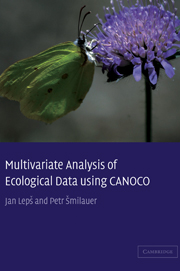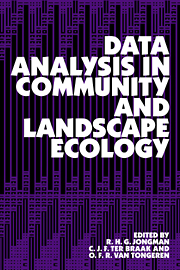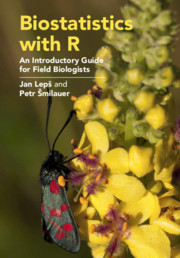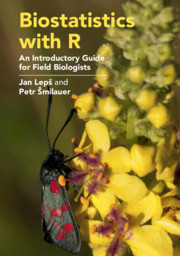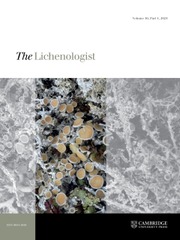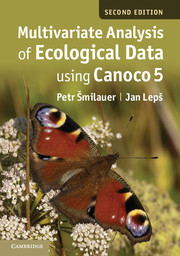Multivariate Analysis of Ecological Data using CANOCO
This book is primarily written for ecologists needing to analyse data resulting from field observations and experiments. It will be particularly useful for students and researchers dealing with complex ecological problems, such as the variation of biotic communities with environmental conditions or the response of biotic communities to experimental manipulation. Following a simple introduction to ordination methods, the text focuses on constrained ordination methods (RDA, CCA) and the use of permutation tests on statistical hypotheses of multivariate data. An overview of classification methods, or modern regression methods (GLM, GAM, loess), is provided and guidance on the correct interpretation of ordination diagrams is given. Seven case studies of varying difficulty help to illustrate the suggested analytical methods, using the Canoco for Windows software. The case studies utilise both the descriptive and manipulative approaches, and they are supported by data sets and project files available from the book website.
- Written for ecologists - no background in statistics necessary
- Contains hands-on tutorials
- Datasets are provided
Reviews & endorsements
"The book is helpful for users interested in analyses of distributions of qualitative variables." Ole Wendroth, University of Kentucky, Vadose Zone Journal
"I sincerely recommend the book to all graduate students and scientists working with ecological data." Écoscience
Product details
June 2003Hardback
9780521814096
282 pages
254 × 178 × 17 mm
0.71kg
110 b/w illus.
Available
Table of Contents
- 1. Introduction and data manipulation
- 2. Experimental design
- 3. Basics of gradient analysis
- 4. Using Canoco
- 5. Constrained ordination and permutation tests
- 6. Similarity measures
- 7. Classification methods
- 8. Regression methods
- 9. Advanced use of ordination
- 10. Visualising multivariate data
- 11. Case study 1: variation in forest bird assemblages
- 12. Case study 2: search for community composition patterns and their environmental correlates: vegetation of spring meadows
- 13. Case study 3: separating the effects of explanatory variables
- 14. Case study 4: evaluation of experiments in randomised complete blocks
- 15. Case study 5: analysis of repeated observations of species composition from factorial experiment
- 16. Case study 6: hierarchical analysis of crayfish community variation
- 17. Case study 7: differentiating two species and their hybrids with discriminant analysis.

